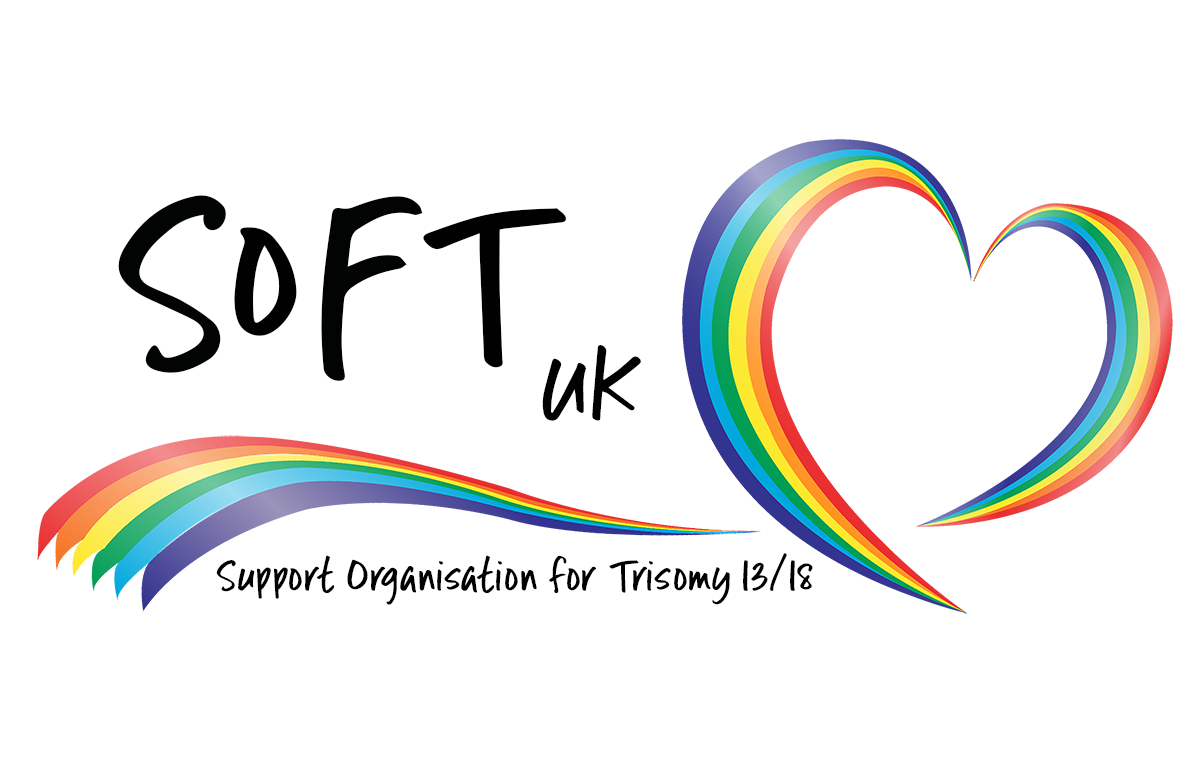Understanding Trisomy 18
Trisomy 18, also known as Edwards syndrome, is a genetic disorder caused by an extra copy of chromosome 18. This extra genetic material disrupts normal development, leading to severe intellectual and physical disabilities. Families dealing with a Trisomy 18 diagnosis often face a challenging and emotional journey, with many questions about the child's prognosis and life expectancy.
Life Expectancy Overview
Trisomy 18 is a life-limiting condition and affects how long a baby is expected to survive.
Around seventy percent of pregnancies diagnosed with Trisomy 18 at 12 weeks will end in miscarriage or stillbirth. This percentage decreases as the pregnancy progresses, which means that the longer your pregnancy lasts the more chance you have of your baby being born alive. There is a higher risk of losing a male foetus than a female foetus with this condition. The reason for this is not known. There is also an increased risk of the baby not surviving delivery, which is something you may wish to discuss with your medical team. (Morris JK, Savva GM, 2008)
Babies born with Trisomy 18 will often, but not always, require specialist medical care. Sadly most babies will die during their first year of life. The most recent research found survival rates for Trisomy 18 at 13.5% at 1 year and 12.3% at 5 years old. (Meyer et al 2016)
This research also shows an increased survival rate where children have received medical interventions.
Types of Trisomy 18 and Their Impact on Life Expectancy
Full Trisomy 18: This is the most common type, where every cell in the body has an extra chromosome 18. Infants with full Trisomy 18 often face severe medical issues, including heart defects, respiratory problems, and feeding difficulties.
Mosaic Trisomy 18: In this form, some cells have the extra chromosome while others do not. The symptoms and severity can vary widely depending on the proportion of affected cells. Children with mosaic Trisomy 18 may have a longer life expectancy than those with full Trisomy 18, with some reaching their teenage years or beyond, though they can still face significant health challenges.
Partial Trisomy 18: This rare form involves only a portion of the extra chromosome 18 being present in the cells. The severity and life expectancy depend on which parts of the chromosome are duplicated. Children with partial Trisomy 18 may have a better prognosis compared to full Trisomy 18, but outcomes can still vary widely.
Factors Influencing Life Expectancy
Several factors influence the life expectancy of a child with Trisomy 18:
Severity of Congenital Anomalies: The presence and severity of heart defects, respiratory issues, and other organ abnormalities significantly impact survival.
Medical Interventions: Access to and the success of medical treatments, including surgeries to correct heart defects, can improve survival rates.
Overall Health and Complications: The general health of the child and the presence of infections or other complications can affect life expectancy.
Medical and Supportive Care
While there is no cure for Trisomy 18, comprehensive medical and supportive care can improve the quality of life for affected children. This includes:
Medical Management: Regular monitoring and treatment of heart defects, respiratory problems, feeding issues, and other medical complications.
Therapies: Physical, occupational, and speech therapies to support developmental progress.
Palliative Care: Focused on providing comfort, managing pain, and improving the quality of life, particularly for children with severe symptoms.
